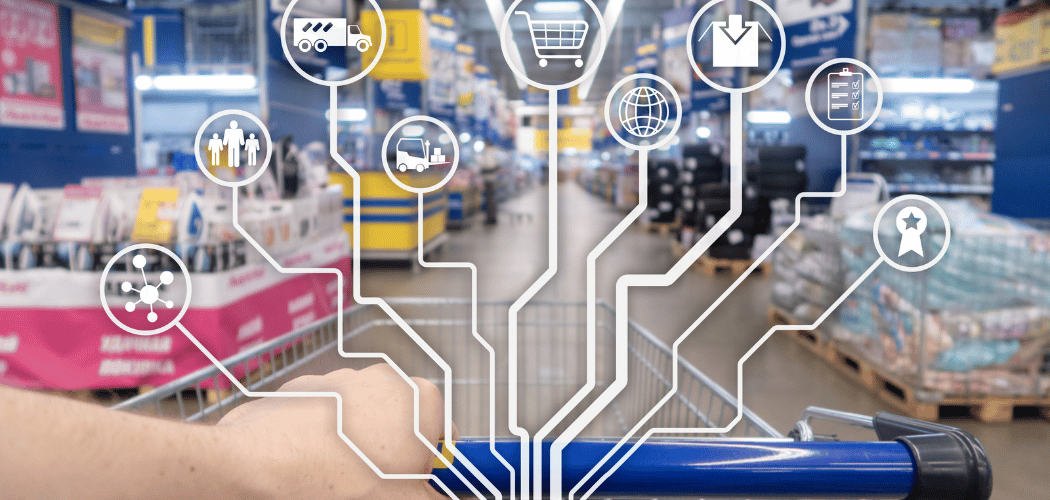How Direct Mail can survive in the reality of the digital age
Traditional mail services are under pressure and the value of “white mail” is being challenged by both consumer attitudes and systemic changes in postal services worldwide. Just this week, BBC reported that the Royal Mail Royal Mail could reduce the number of days it delivers letters from six per week to five or even three.
Royal Mail, which was split from the UK’s post office and privatized a decade ago, is currently legally obliged to deliver a one-price-goes-anywhere universal service, which means it has to deliver letters six days per week, Monday to Saturday, and parcels Monday to Friday. The company said its current delivery network was "not sustainable" and that reform was "urgently needed", leading to the current proposals for regulatory reform.
Despite the apparent threats to the future of Direct Mail, David Beasley, Director at Washington Direct Mail expects that Direct Mail will continue to thrive in the face of threats from the advancement of the digital world continue. Beasley commented “Sometimes, the most effective marketing tools are those considered traditional and embedded in tactics that have proved successful again and again. Direct mail offers the advantage of tangibility – it provides a sense of touch, smell, and sight that many digital tools lack nowadays. It gives a feeling of nostalgia while continuing to evolve and transform to align with the current marketing mix while winning on personalization and moving towards sustainability.”
Direct Mail has been a trusted marketing tool for decades. Despite the rise of the digital age, direct mail has stood the test of time and continues to evolve and thrive. According to Royal Mail Marketreach, direct mail drives engagement like no other communications channel – a whopping 95%.
The enduring appeal of tangibility
One of the key strengths of direct mail lies in its tangible nature. Unlike emails that can be easily deleted or overlooked in a cluttered inbox, physical mail demands attention, hence its high open rate. In Q4 2022, 77% of direct mail was interacted with in the UK, which includes either ‘read, looked or glanced at’, and 66% was opened. This is the cornerstone metric for measuring marketing success, and it has been stable throughout the years in the mail department.
Despite the fact that 99% of Gen Z are active on social media, they value the tangible quality of physical mail. The touch, feel, and visual impact of a well-crafted direct mail piece can create a lasting impression on recipients. In the future, marketers are likely to leverage this tangibility to integrate it with digital tools to engage consumers in a more meaningful way.
Personalization and data-driven insights
Gen Z values personalization, authenticity, and a deeper connection with brands. Direct mail allows businesses to benefit from this touchpoint, as they can tailor their marketing campaigns to individual needs and preferences, fostering a sense of personal connection, thus drawing Gen Z’s attention, and driving engagement. They can do so by incorporating creative design and size, including personalised offers and interactive elements.
Beasley said: “As technology continues to advance, the ability to personalize direct mail campaigns becomes even more sophisticated. Big data analytics and insights enable marketers to target specific consumer groups based on preferences, behaviors, and demographics, and tailor their message. This level of customization not only increases the likelihood of engagement but also contributes to building stronger customer relationships and plays a key role in shaping the future of direct mail as a vital part of any brand’s marketing mix.”
Integration with digital technologies
Gen Z, as the leading marketing target, are defining the next trends in communication strategies. They are an omnichannel generation, meaning they are inspired to shop from various communication channels without a specific preference.
For direct mail, this paves the path of an integrated marketing strategy together with digital channels and technologies to create a seamless and interactive experience. A study by Keypoint Intelligence shows that 46% of Gen Z and Millennials respondents prefer to receive both digital and print versions of customer communications. Conversely, a study by Royal Mail Marketrech points out that campaigns with mail in the mix are 52% more likely to report ROI benefits.
Beasley said: “It is not about competing with digital channels; rather, complementing each other to create a comprehensive and engaging marketing campaign. Advancements in direct mail allow for the integration of QR codes and personalised URLs that not only help continue the purchasing journey but also allow for more advanced tracking and tailoring while also making direct mail faster and more efficient.”
According to the Data and Marketing Association, by Q2 2020, 92% of recipients have been driven to online or digital activity, and 87% have been influenced to make online purchases as a direct result of receiving mail.
For example, Toyota created a race for recipients to view the new Corolla online using mail, a microchip, and a timer. As a result, traffic to the Corolla website increased by 257%, leading to a 900% increase in test drives and attracting 8,000 people to the waiting list.
Beasley said: “Omnichannel marketing is about bridging the gap between physical and digital realms. This integration enhances the overall customer journey, fosters brand engagements, and ultimately increases ROI. It is the fastest route to reaching Gen Z in the growing attention economy.”
Sustainability and eco-friendly practices
Another main touchpoint for Gen Z is the emphasis on sustainability and the preference for businesses showcasing efforts to become more eco-friendly. Direct mail offers a sustainable marketing solution that is continuously evolving.
Research by Royal Mail Marketreach shows that direct mail can be a sustainable choice and a positive part of the ‘circular economy.’
To illustrate the levels of environmental impact and carbon emission in the creation and dissemination of commercial mail, the study evaluated that the current overall carbon impact of a standard 1st class postcard is 43.61 gCO2e, which is less than the impact of an orange.
Direct mail is striving to embrace eco-friendly practices and future-proof its impact. From using recycled materials to adopting sustainable printing methods, marketers are becoming increasingly conscious of the environmental footprint of their campaigns.
Conclusion
Direct mail is thriving in the digital age and becoming a vital part of the marketing mix. The future of direct mail is characterized by innovation, integration with digital technologies, personalization, sustainability, and the use of big data for targeting. This time-tested strategy is poised to remain a relevant and effective component of comprehensive marketing campaigns.




